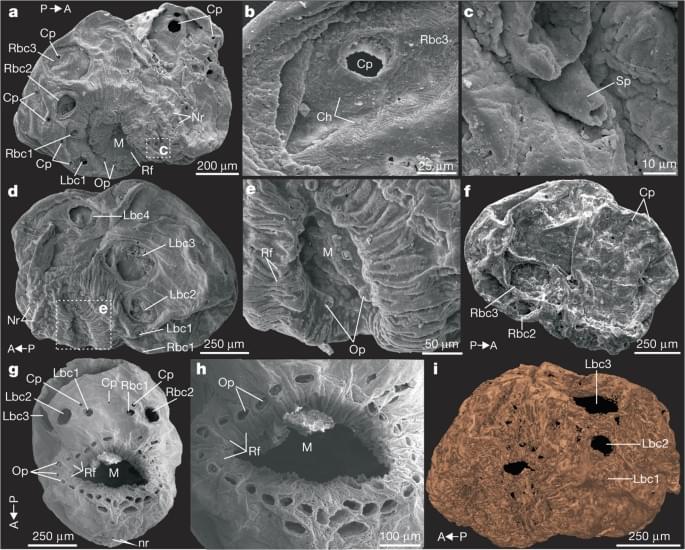Saccorhytus is not our grandpa anymore.
Scientists from Bristol University have solved a mystery of a 500 million-year-old microscopic creature with a mouth but no anus. The study reveals that the spiny creature is not the earliest human ancestor, after all.
This creature — called Saccorhytus — was first discovered in 2017. The study found that a wrinkly sack with a vast mouth entwined by spines and holes is a primitive feature of the deuterostome group from which our ancestors emerged.
Saccorhytus coronarius are millimetric fossils from the early Cambrian period in China that are proposed to represent the most basal known deuterostomes.
